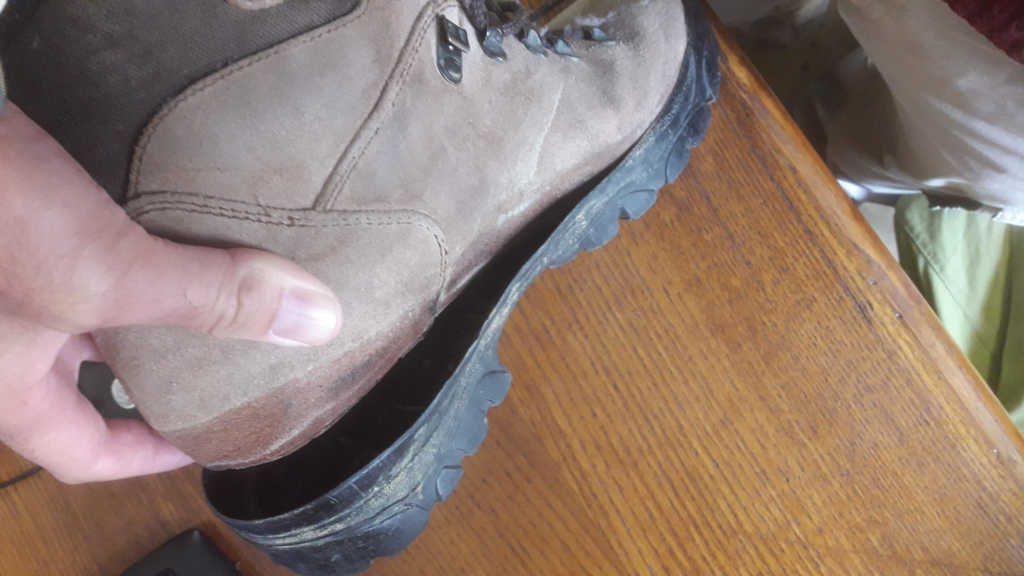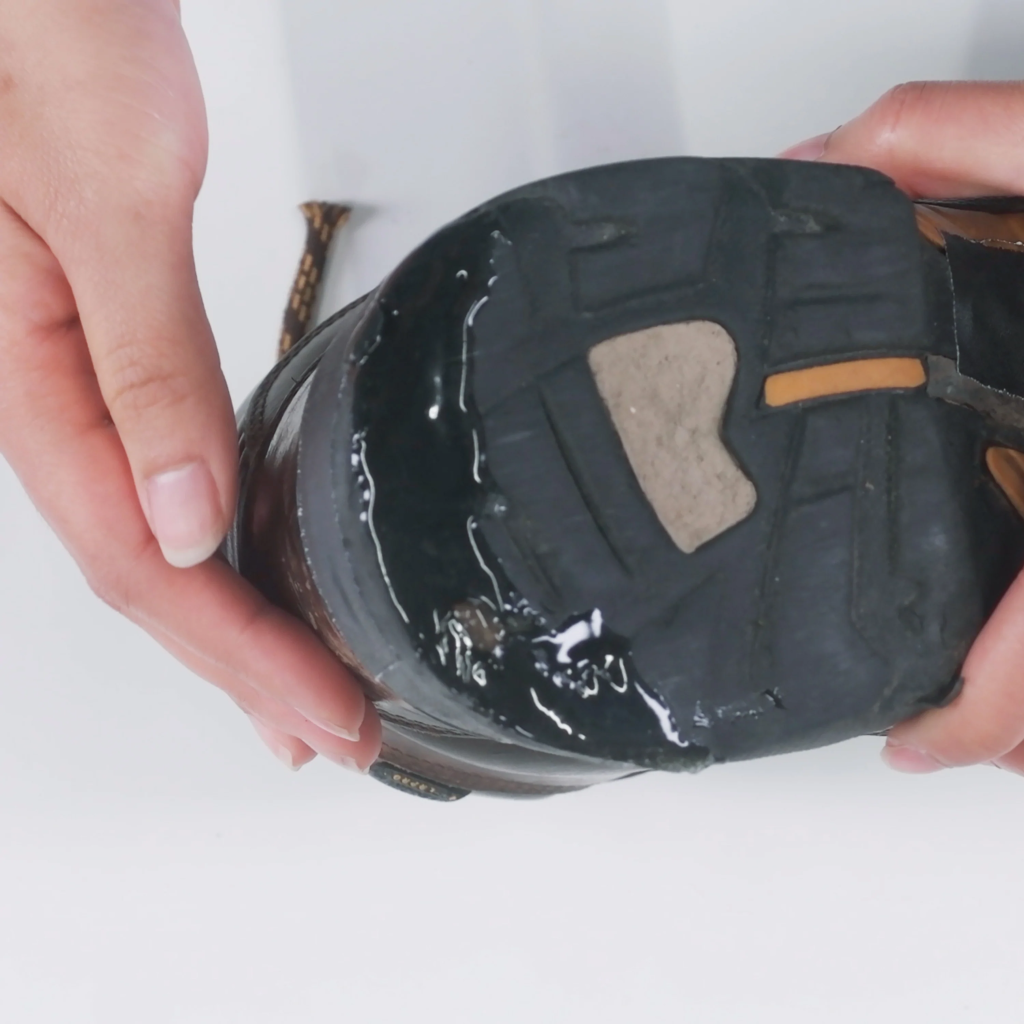How to Repair Your Rubber Sole
How to repair rubber soled shoes? The soles of shoes tend to deteriorate first. Sole repairs are rather simple and can make your shoes look and feel new again, provided the rest of the shoe is in decent condition. It only takes a few minutes and a piece of sandpaper and some sole adhesive to mend a hole or a loose sole in your shoes, and you can use them again in less than a day. This article will offer various techniques you can use to repair your rubber soles and make them useful again.
Content
How much does it cost to fix the sole of a shoe?
To what extent and with what materials a shoe’s sole needs to repaire affects the cost of the repair. The sole may need to replace, glued back on, or patched by the cobbler, depending on the extent of the damage. The price also varies depending on the quality of the repair and the type of shoe being purchased.
How to Repair Rubber Soled Shoes
Worn-out sole replacement

Using pliers to remove the old sole
A pair of pliers is usually necessary if the sole is partially detached from the shoe. Take a tight grip on the shoe and use pliers to peel the sole’s edge away from the shoe’s base. If the sole doesn’t budge when you pull on it with pliers, you can pry it loose by inserting a paint scraper or butterknife between it and the shoe.
The sole can remove with the help of a heat gun or hair dryer, which softens the adhesive holding it in place.
Use acetone to remove any remaining traces of old adhesive
Where the sole was originally affixed, dried glue may still be visible. Put some acetone or nail polish stripper on a rag and use it to clean the soles of your shoes. To remove the glue, let it soak and scrub. Remove any lingering dirt and grime from the shoe as well.
Use sandpaper to roughen up the bottom of the shoe and the replacement sole
The adhesive strength of rough surfaces is superior to that of smooth ones. Roughen up the sole and the underside of the shoe with 120-grit sandpaper.
Use a brush to apply sole shoe glue on the new sole
Apply the adhesive following the manufacturer’s instructions. Some adhesives need time to “cure” or sit before they can be used. Heat is needed to activate some adhesives.
Put the new sole
Hold on for some minutes before attaching the sole to ensure the adhesive is fully cured before usage. Place the sole on the shoe gradually from the front, making sure the edges align as you go. When it’s in the right spot, you can press down on it to make it adhere to the sole of your shoe.
Loose sole reattachment

Use water and alcohol to clean the shoe and sole
Apply warm water and alcohol to a rag and rub it into the area around the loose sole. Clean the area where the sole has broken loose if you can reach it without removing the shoe completely.
Put some glue on the underside of the sole of the shoe
When applying a glue coating to the space inside the shoe where the sole has separated from the upper, use a toothpick or a cotton swab. It is preferable to put in excessively and have it overrun than not to put in enough and run out; therefore, the layer should be rather thick.
Apply pressure on the bottom of the shoe to make contact with the sole
When pressing the sole and the shoe together, be cautious not to get any adhesive on your hands, and do your best to get them as close together as possible. It is not a problem if any adhesive escapes; this may be removed with sandpaper afterward.
Eliminate any excess glue that has dried by sanding
You can use 120-grit sandpaper to remove any excess shoe sole adhesive that may have oozed out when you pressed the sole down. The adhesive must be entirely dry before sanding can begin.
Filling holes on your sole

Use water and alcohol to scrub the area around the hole
To remove any traces of dirt or filth, clean the area around the hole by rubbing it with a rag dampened with warm water and isopropyl alcohol. Wait a few minutes for it to dry completely before proceeding.
Use 120-grit sandpaper to rough up the hole’s margins
That way, the glue will have a better chance of sticking to the rubber. Use sandpaper to scour the hole’s perimeter until it looks rougher.
Cover the hole in your shoe with duct tape
Take out the insole and patch the hole with some duct tape. If the hole does not extend completely through the inside of the shoe, you can use your finger to feel the hole’s location and duct tape over it.
Apply adhesive to the sole and plug the hole
Squeeze the glue carefully, taking care not to touch the glue with your own hands, and watch out for any spills! Check to see that the hole is completely stuffed, but don’t be concerned if there is some overflow.
What glue works on rubber?
When it comes to adhering rubber, cyanoacrylate adhesive (sometimes known as “super glue”) is your best bet. A tiny bit is needed to create an instantaneously solid attachment. You may have used the wrong kind of rubber, which could explain why the joint failed to cure.
How to repair rubber soled shoes FAQs
- What materials do I need to repair a rubber sole?
You will need rubber sole repair glue, a razor blade, and a cloth or paper towel.
- How do I prepare the sole for repair?
Clean the sole with a cloth or paper towel to remove dirt or debris, then use a razor blade to remove any loose or damaged rubber.
- How do I apply the glue on a shoe?
Apply the glue to the damaged area evenly over the surface. Let the glue dry for at least 30 minutes before proceeding.
- Does WD 40 restore rubber?
Actually wd 40 is bad for rubber anything. Just ask any air soft gun hobbyist. They avoid it to lube their guns because it destroys rubber seals.
- How long does it take for the glue to dry?
The glue should dry for at least 30 minutes before proceeding.
How to repair rubber soled shoes conclusion
How to repair rubber soled shoes? There are various methods you can employ to repair your rubber soled shoe. Follow the above tips for the best results on your shoes.
Learn more shoe tips in Sizzey!




